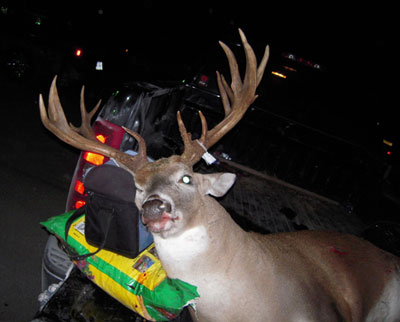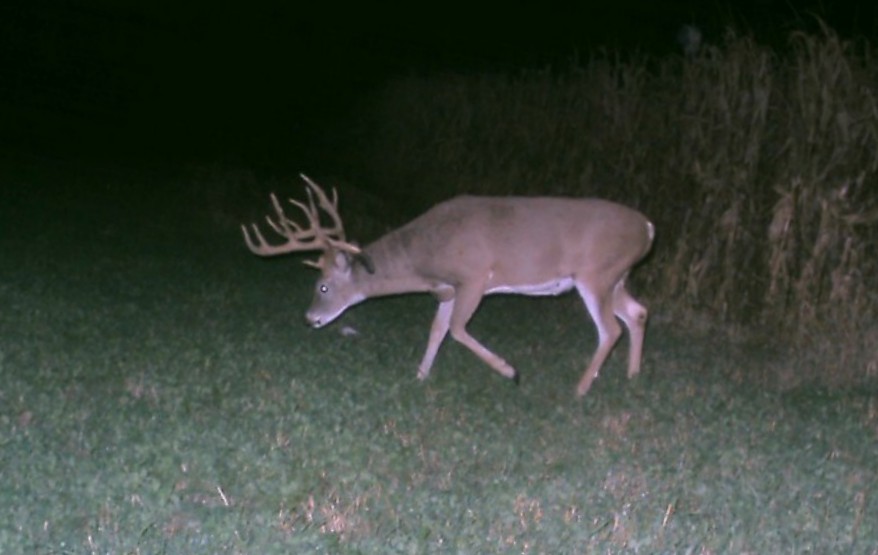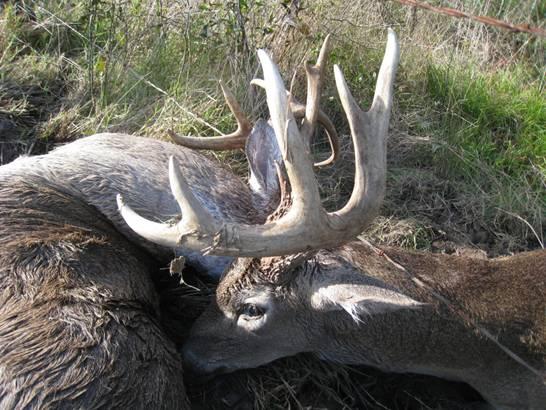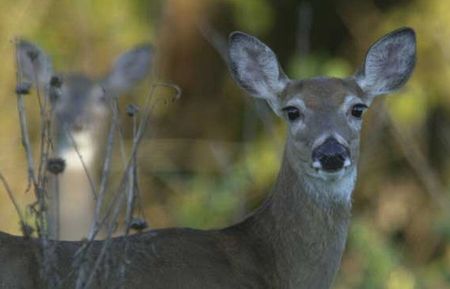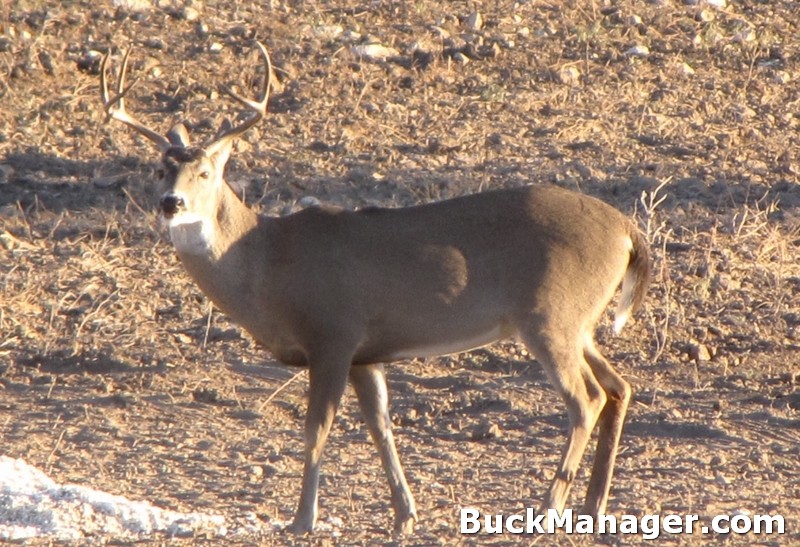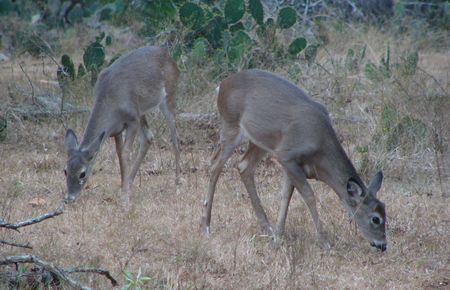When it comes to deer hunting, you just never know what you will see when you enter the woods. Over my hunting career I’ve seen some amazing things in nature. Some of these events I would have considered unbelievable had I not seen them with my own two eyes. But one of the benefits hunters get from sitting motionless, scentless, and undetected is that animals do what they normally do, except that we get to witness some of these normal–yet amazing—things that few people ever will.
Bowhunters often get to observe white-tailed deer up close and personal. Or at least that is the goal. However, I’ve been busted by a deer’s eyes and nose so many times that you would think it’s entirely impossible to sneak up on one. Of course, that’s what makes bowhunting so darn challenging. Yet, numerous times I’ve literally walked up to within 10 yards of deer and went undetected. As you know, it depends on the situation—and a little bit of luck. Hunting, like anything else, is all about timing. No hunter understands that more than Ben Bartlett. That’s because his right place at the right time allowed him to arrow one of two big fighting white-tailed bucks.

Ben Bartlett was at his deer hunting lease located in Angelina County before sunrise on the day of October 23. Interestingly, killing a deer was the farthest thing from Bartlett’s mind as he boarded a canoe and paddled his way down the old Neches River channel. His main objectives were to scout for acorns in a stretch of woods in the remote back country and ultimately find a good spot to take his 12-year old daughter, Alli, hunting the following morning.
Ben was making his way down an old logging road shortly before sundown when the distinctive sound of clashing antlers and crackling brush overpowered the hum of a light breeze whisping through the treetops. Past experience told him what he was hearing was a pair of heavyweights going at it. Certain the battling bucks were close, probably within 200 yards, the hunter raced down the road to shave some distance before ditching his day pack and peeling into the dark woods.
“It was pretty obvious this was not a couple of pencil horn bucks sparring. The sound of two mature bucks locking up has a real distinctive sound to it. I had no doubts this was the real deal.”
He said he pushed his way through a dense thicket that eventually opened up into an oak flat that was cluttered with clumps of palmetto and underbrush. He spotted the two whitetail bucks at about 40 yards, but dim lighting made it impossible to tell much about either deer, other than both were shooters.
“Both of the bucks had their heads down and it was just a tangle of horns. I could see their muscles bulging as they pushed and braced for leverage against one another. It was a pretty awesome sight.”
The hunter played on the fit of rage to trim the gap even farther. He inched closer each time the battle moved behind a palmetto clump, eventually moving to within 18 yards before he dropped to one knee on the soggy ground and brought his compound bow to a full draw.
“I was a little nervous about taking the shot, because their movements were so erratic. They stopped for a split second when one of the deer coiled to push back and it gave a me a clear shot, so I took it.”
The arrow found its mark, just behind the shoulder, and passed completely through. However, neither deer reacted or appeared alarmed. The hunter said the heated battle continued for about eight more seconds before the wounded buck collapsed and died. The larger buck then used its antlers to hook and gore the lifeless body of its adversary multiple times before finally fleeing the scene a minute or so later. Bartlett said he passed on multiple opportunities to shoot the second buck, which easily had 10 inches on the 140-class whitetail that lay motionless on the ground.
Bizarre as it might seem, Bartlett’s recent bowhunting encounter is not his first with stalking fighting whitetails in two decades of hunting with a stick and string. However, it is the first time he has been successful at killing one. In looking back, he thinks his success may have hinged on the fact that he threw caution to the wind and moved in quickly on the brawling bucks, before they had time to finish their business.
“I’ve tried sneaking in on fighting buck before and each time the fight was over by time I got there. In retrospect, I think I have always been too cautious and moved too slow to avoid making a bunch of noise. If it ever happens again, you can bet I’ll be trying to get there as fast I can.”
Witnessing a brawl between two mature white-tailed bucks at any distance is a prize encounter few deer hunters are fortunate enough to experience in a lifetime of hunting, but getting a ringside seat and drawing blood with a bow and arrow is virtually unheard of. Just goes to show you that anything can happen in the deer hunting woods.
